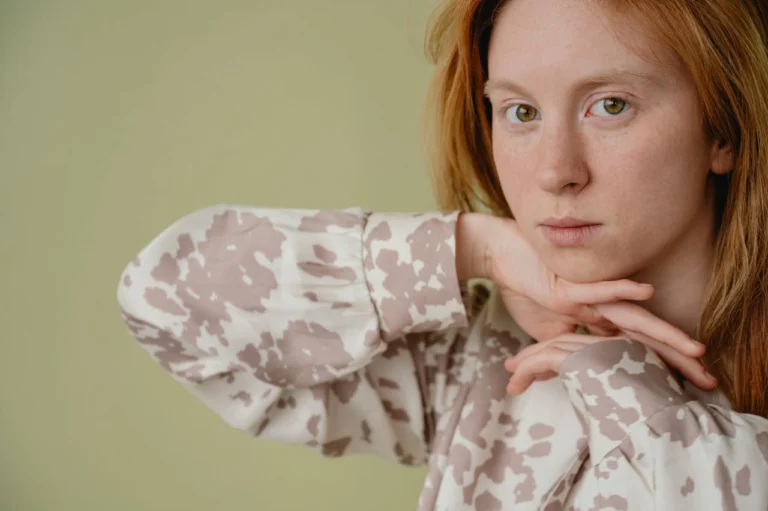What is C-PTSD?
Complex Post-Traumatic Stress Disorder (C-PTSD) develops from prolonged or repeated exposure to traumatic experiences—often occurring in childhood, relationships, or environments where one felt powerless or trapped.
Unlike PTSD, which often results from a single traumatic event, C-PTSD is rooted in chronic trauma, such as emotional neglect, abuse, domestic violence, or growing up in unpredictable, unsafe conditions.
Common symptoms include:
- Feeling constantly on edge or unsafe, even in calm situations
- Emotional flashbacks—reliving old pain without clear memories attached
- Difficulty trusting others or feeling close in relationships
- A deep sense of shame or unworthiness
- Harsh self-criticism or perfectionism
- Disconnection from your body and emotions
Healing from C-PTSD requires more than just understanding your trauma—it involves reconnecting with yourself, rebuilding safety in your body, and rewiring how your brain and nervous system respond to the world.
That’s where integrative, body-based therapies like EMDR, Somatic IFS, and Creative Arts Therapy can create profound change.
1. EMDR: Reprocessing the Past to Reclaim the Present
Eye Movement Desensitization and Reprocessing (EMDR) is an evidence-based trauma treatment that helps the brain process distressing memories that have become “stuck” in the nervous system.
During EMDR, we use bilateral stimulation—such as eye movements, tapping, or auditory tones—to help desensitize the amygdala, the brain’s fear center. This process allows the brain to reprocess traumatic memories and integrate them into your broader life narrative, so they no longer feel overwhelming or defining.
Through this process, the emotional charge of painful memories decreases, and your brain naturally begins to associate them with more adaptive, compassionate beliefs—like “I am safe now,” or “I am enough.”
For many people with C-PTSD, EMDR helps reduce flashbacks, emotional reactivity, and anxiety, while increasing inner calm and self-trust.
2. Somatic IFS: Listening to the Body’s Wisdom
Somatic Internal Family Systems (IFS) combines IFS’s parts work with body awareness. In IFS, we understand the mind as having different “parts” — each with its own feelings, needs, and protective strategies.
For example, one part might feel anxious or hypervigilant, while another part works hard to please others to avoid rejection. Instead of judging or suppressing these parts, Somatic IFS invites gentle curiosity and compassion toward them.
By including the body’s sensations in the process, Somatic IFS helps you tune into how each part shows up—perhaps as tightness in the chest, heaviness in the belly, or numbness in the limbs—and helps release stored tension and emotional energy.
This somatic integration allows you to experience deeper safety, connection, and alignment with your authentic Self—the calm, compassionate center that can lead your inner system.
3. Creative Arts Therapy: Expressing What Words Cannot
Trauma often lives in the nonverbal parts of the brain—beyond words. Creative Arts Therapy offers a safe space to explore and express emotions through art, music, movement, or other creative forms.
You don’t need to be “artistic” to benefit. The goal isn’t to create something “beautiful,” but to give shape and voice to your inner world in a way that words alone can’t.
Through creative expression, the brain accesses different neural pathways, supporting emotional regulation, integration, and self-understanding. Many people find that creative processes help them reconnect with joy, curiosity, and parts of themselves that trauma once silenced.
Healing Through Integration
When EMDR, Somatic IFS, and Creative Arts Therapy come together, they address healing on multiple levels—mind, body, and soul.
- EMDR helps reprocess painful memories.
- Somatic IFS helps rebuild internal safety and self-compassion.
- Creative Arts Therapy helps restore connection, imagination, and expression.
Together, they create a holistic path to healing—one that honors the body’s wisdom, the mind’s resilience, and the heart’s longing to be whole again.
A Whole-Brain, Whole-Hearted Approach to Healing
Healing from C-PTSD is not about “fixing” yourself—it’s about coming home to yourself.
It’s about learning that your symptoms were once survival strategies, and they can now soften as your system feels safer.
Through EMDR, Somatic IFS, and Creative Arts Therapy, you can gently reconnect with your body, reclaim your inner voice, and cultivate the sense of safety and self-trust you’ve always deserved.







